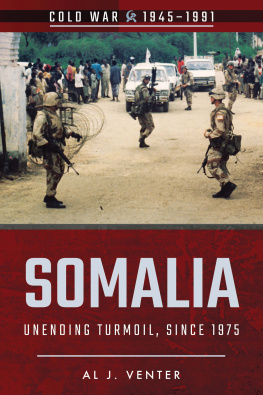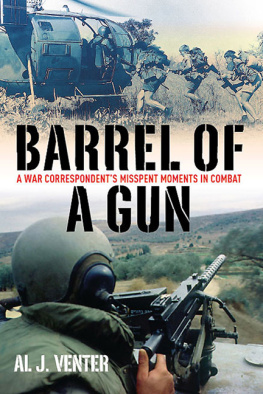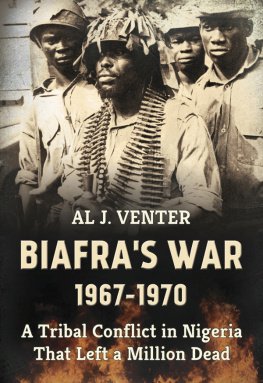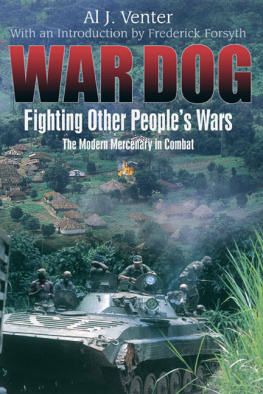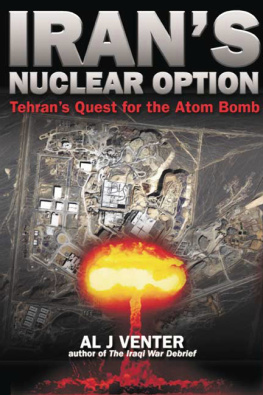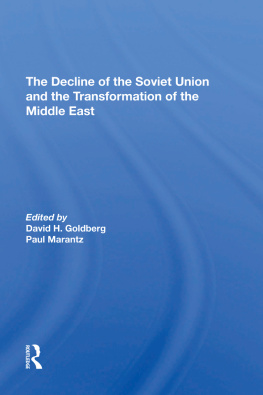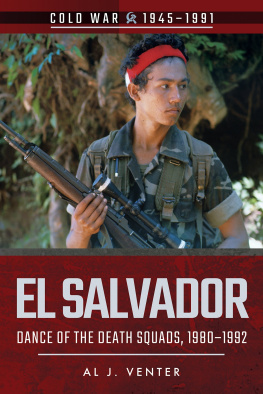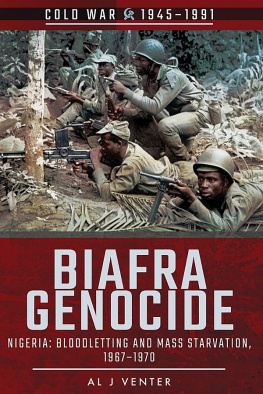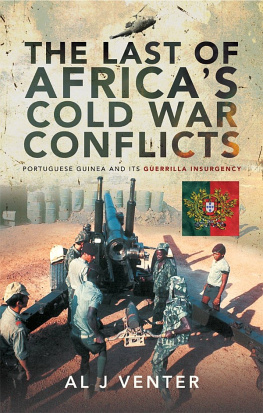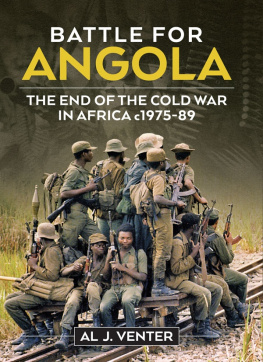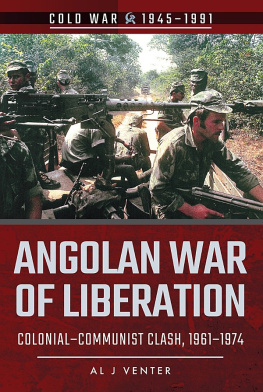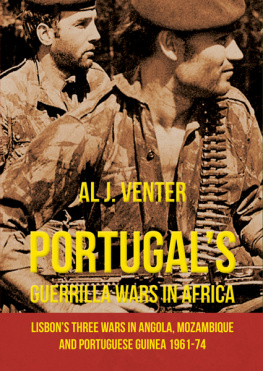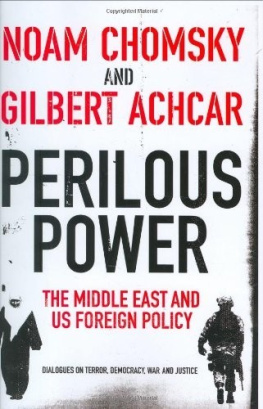
SOMALIA
UNENDING TURMOIL, SINCE 1975
AL J. VENTER
First published in Great Britain in 2017 by
PEN AND SWORD MILITARY
an imprint of
Pen and Sword Books Ltd
47 Church Street
Barnsley
South Yorkshire S70 2AS
Copyright Al J. Venter, 2017
ISBN 978 1 52670 794 9
eISBN 978 1 52670 796 3
Mobi ISBN 978 1 52670 795 6
The right of Al J. Venter to be identified as the author of this work has been asserted in accordance with the Copyright, Designs and Patents Act 1988.
A CIP record for this book is available from the British Library All rights reserved. No part of this book may be reproduced or transmitted in any form or by any means, electronic or mechanical including photocopying, recording or by any information storage and retrieval system, without permission from the Publisher in writing.
Every reasonable effort has been made to trace copyright holders of material reproduced in this book, but if any have been inadvertently overlooked the publishers will be pleased to hear from them.
Pen & Sword Books Ltd incorporates the imprints of Pen & Sword Archaeology, Atlas, Aviation, Battleground, Discovery, Family History, History, Maritime, Military, Naval, Politics, Railways, Select, Social History, Transport, True Crime, Claymore Press, Frontline Books, Leo Cooper, Praetorian Press, Remember When, Seaforth Publishing and Wharncliffe.
For a complete list of Pen and Sword titles please contact
Pen and Sword Books Limited
47 Church Street, Barnsley, South Yorkshire, S70 2AS, England
email:
website: www.pen-and-sword.co.uk
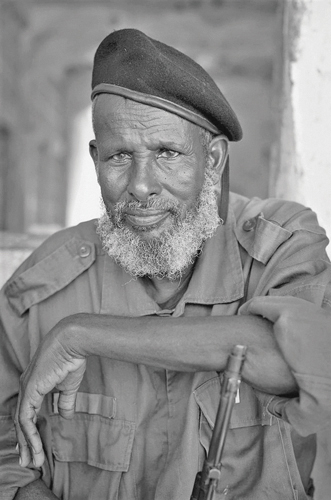
Somali National Army soldier at Kismayo Military HQ. (Photo Tobin Jones)
TIMELINE
From a strategic trading zone on ancient Arab trading routes, through the turbulence of colonialism and Cold War rivalries and post-colonial political collapse, Somalia has had an eventful, if troubled, history. This is a chronology of key events in Somali history.
15001600
Portuguese traders land on the east coast of Africa and start intermittent power struggles with the Sultanate of Zanzibar for control of port cities and surrounding towns.
1840
The British East India Company signs treaties with the Sultan of Tajura for unrestricted trading rights.
1887
Britain reaches a final agreement with the local King Menelik II and various tribal chiefs, and draws a boundary with neighbouring Ethiopia to form British Somaliland. Besides trading interests, the British protectorate serves as a counterweight to the growing Italian influence in the key port city of neighbouring Zanzibar.
18971907
Italy makes several agreements with tribal chiefs and the British to finally mark out the boundaries of a separate Italian protectorate of Somaliland.
1908
Italy assumes direct administration of Italian Somaliland, giving the territory colonial status.
1936
Following decades of expansionism, Italy captures Addis Ababa and Ethiopia, which are merged with Italian Somaliland and Italian Eritrea to form the colony of Italian East Africa.
1940
June: Italian troops drive out the British garrison and capture British Somaliland.
1941
British and South African forces recapture British Somaliland and most of Italian Somaliland.
1947
Following Italys defeat in the Second World War, Italy renounces all rights and titles to Italian Somaliland.
1950
The United Nations General Assembly adopts a resolution making Italian Somaliland a UN trust territory under Italian administrative control.
19411959
British Somaliland sees a period of colonial development as the territory moves towards a gradual development of local institutions and self-government.
1960
British and Italian Somaliland gain independence and merge to form the United Republic of Somalia.
19601969
Two successive democratically elected governments attempt to balance the expansionist interests of pro-Arab, pan-Somali factions with interests in Somali-inhabited areas of Ethiopia and Kenya, and with modernist factions whose priorities include economic and social development.
1969
October: Major General Mohamed Siad Barre seizes power in a coup. Democratically elected President Abdirashid Ali Shermarke is assassinated.
1970
Barre declares Somalia a socialist nation and undertakes literacy programmes and planned economic development under the principles of scientific socialism.
19721977
A period of persistent border clashes with Ethiopia for control of Ethiopias Ogaden region. Severe drought in the region leads to widespread starvation.
1974
Somalia and the Soviet Union sign a treaty of friendship. Somalia joins the Arab League.
1977
Somalia invades the Ogaden region of Ethiopia.
1978
Following a gradual shifting of Soviet favour from Somalia to Ethiopia, and the infusions of Soviet arms and Cuban troops into Ethiopia, Somali troops are pushed out of Ethiopian territory.
19781990
A period of growing cooperation and strategic alliance between Somalia and the West begins. The United States becomes Somalias chief partner in defence, training several Somali military officers in US military schools.
1991
At the end of a period of growing domestic factionalism, insurgency and an open war with clans in northwest Somalia, which have left the country in economic shambles and forced thousands of Somalis to flee their homes, Barre is ousted by opposition clans and forced to flee to Nigeria, where he ultimately dies.
1992
December: US troops lead a UN peacekeeping mission to Somalia under Operation Restore Hope, beginning with the arrival of 1,800 US Marines landing at night on a Mogadishu beach. The peacekeeping mission includes the provision of humanitarian assistance to Somalis and bringing peace to the troubled country. While the humanitarian mission is quickly achieved, however, the peacekeeping force finds itself dragged into Somalias internecine battles.
1993
October: For the United States, Operation Restore Hope reaches its nadir when members of the US Armys elite Delta Force and the Army Rangers are used to raid warlord headquarters to abduct them. In one such raid, the US forces are dropped into a Mogadishu neighbourhood to snatch two lieutenants of warlord Mohamed Farrah Aidid. Whilst the snatch-and-grab operation is successfully accomplished, trouble starts when two US Sikorsky UH-60 Black Hawk helicopters are shot down by rocket-propelled grenades. As US Army Rangers attempt to rescue the crews of the downed helicopters, a mob of armed militiamen and angry Somalis descends on the site. Horrific carnage follows that ends only fifteen hours later when a combined US/UN armoured convoy manages to reach the trapped Rangers and Delta operators. But for the world, the mission in Somalia would forever be gruesomely remembered for the eighteen US Army Rangers killed and the footage of exultant crowds dragging their naked, mutilated bodies through the streets of Mogadishu. Despite domestic outrage, the US continues to play a major role in the mission until 1994.

